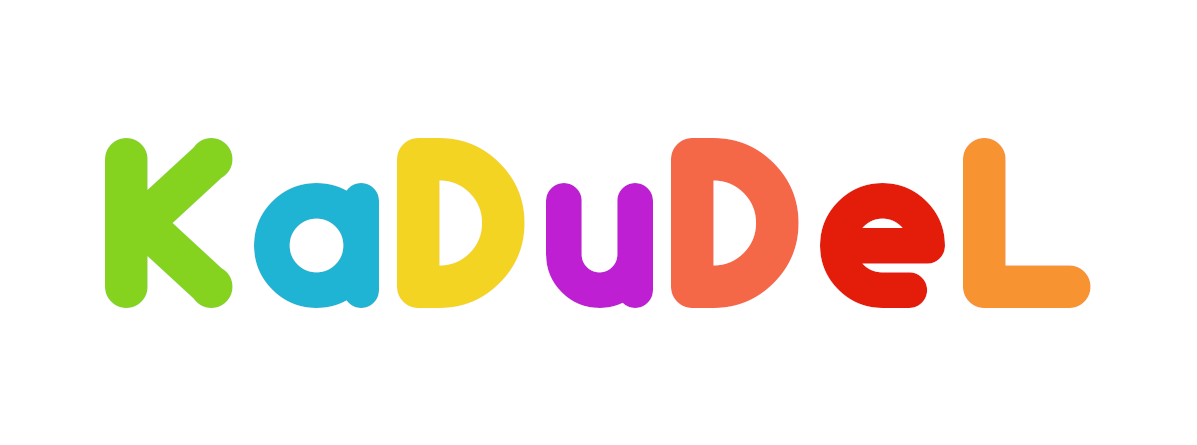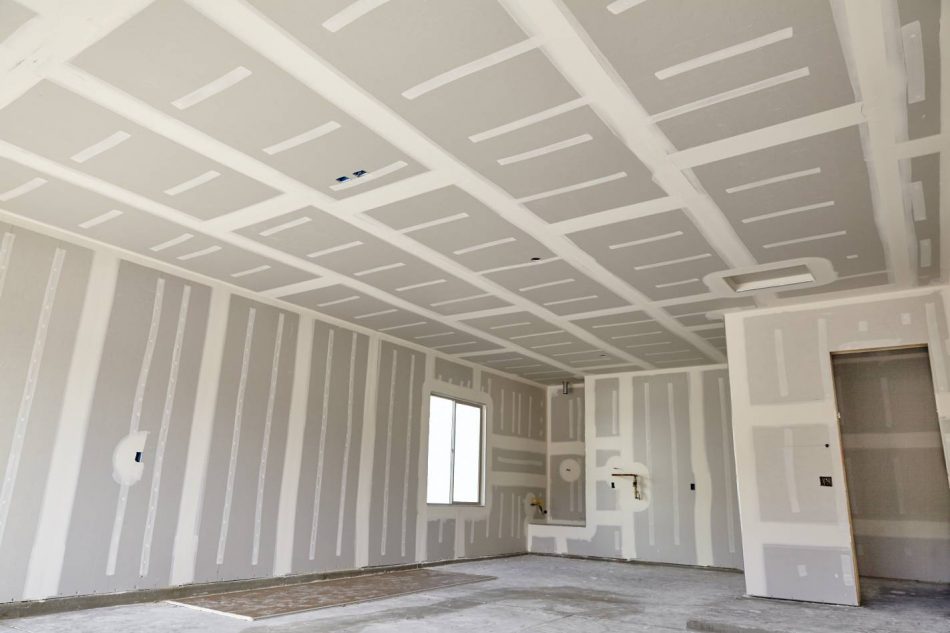There are two common products that are used when fixing the impurities of the walls. These two products are spackle and joint compound. Both of these products aim to accomplish the same thing. With this being said, it can be hard to tell the difference before you start working with the materials. A few South Jersey painting companies discussed the differences and what to know about working with these two similar materials.
Spackle is a brand name for a product developed by the Muralo Company. Spackle is a paste that comes in two different forms. These two forms are either lightweight or heavy. Lightweight spackle is made from vinyl and is utilized for small patch jobs. Heavy spackle is made from acrylics and used for larger patch jobs.
Joint compound is a putty-like substance that consists of plaster and is designed for large scale projects. Usually, joint compound comes pre-mixed and made with gypsum dust. There are many different forms of joint compound that can be used at different times during a patch job. Some are all purpose while others are for specific scenarios. Joint compound is most commonly used for finishing drywall seams.
Joint compound is best used for taping, drywall seams, and large projects. Spackle is used best when filling small to large holes in a wall. Joint compound can be used to fill holes as well, but not as efficiently. Spackle cures and dries way faster which allows you to paint over it a lot sooner. Joint compound requires a lot more time to dry. Spackle has a lot less shrinkage. When you apply spackle, what you see is what you get. Joint compound can shrink a lot after fully drying, which calls for multiple applications. Joint compound is way more time consuming and harder to handle in comparison to spackle.
Spackle is easier to use as well. Spackle spreads without much effort and comes ready to go out of the bucket. Generally, joint compound requires more preparation due to it needing to be mixed. With everything that has been said, joint compound still have great utility. Joint compound is a lot more durable than spackle and is way easy to sand down. If you sand down spackle, you run the risk of damaging the wall again. Spackle is more expensive, but requires less to get the job done, so the prices of both kind of equate out.
If you are tackling a large scale project, joint compound is the best way to go. A lot of material will be needed and joint compound stays fresh a lot longer while spackle can dry out before it is even applied. If a large area needs to be covered, joint compound is the cheaper route as well. Spackle tends to run up the cost as the job scales upward. The timeframe of the project should be taken into account as well when choosing what material to go with.
I hope this helps!


